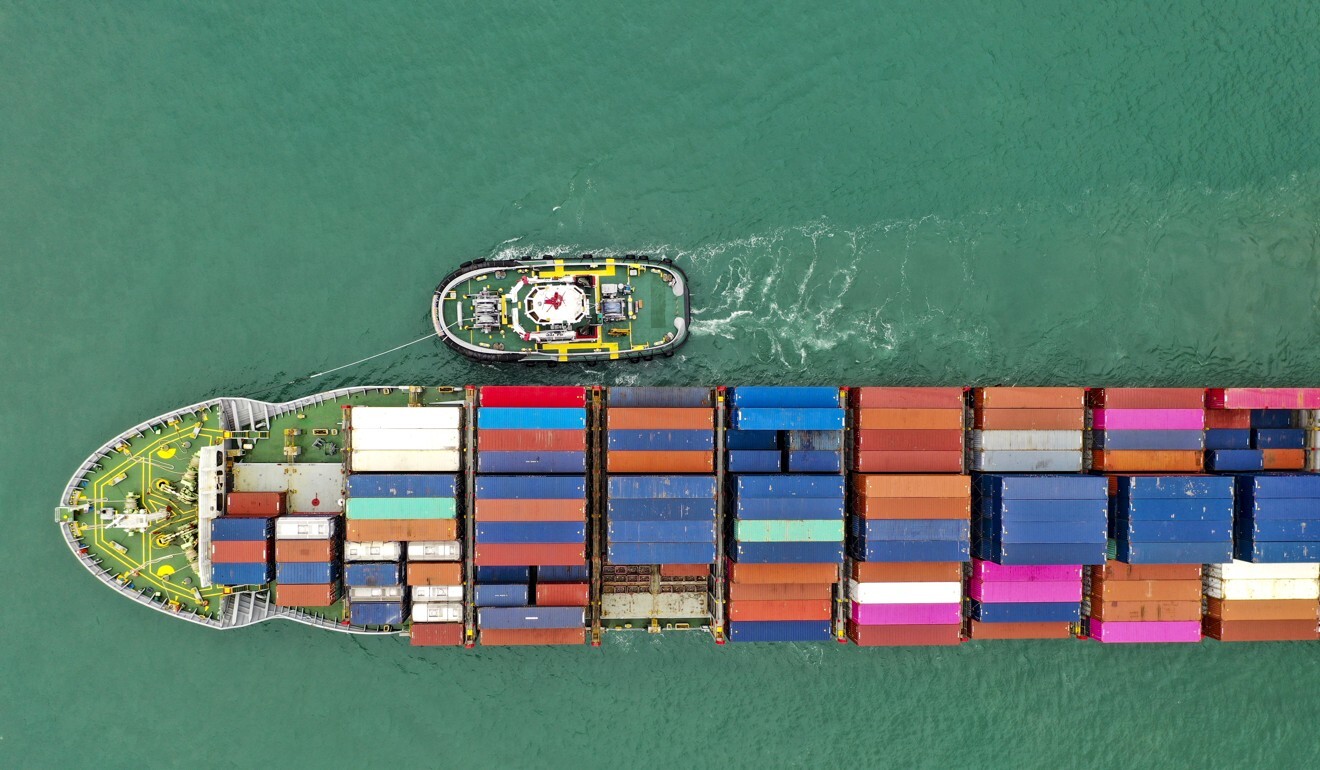
Hong Kong economy grows 7.9 per cent in first quarter, higher than projected
- Finalised data shows gross domestic product has risen slightly above expectations, as government economist paints optimistic full-year picture
- First quarter of 2021 was marked by easing of coronavirus crisis and more freedom to socialise at restaurants and other businesses
Hong Kong’s economy expanded by 7.9 per cent in the first three months of 2021, according to finalised data that confirms the city’s biggest jump in quarterly growth in 11 years.
The strong performance brought the city’s recession to an end and prompted a government economist to predict the full-year figure would be at the upper end of the official forecast.
The updated year-on-year figure released by the Census and Statistics Department on Friday was slightly higher than the 7.8 per cent forecast earlier this month.
It reflected a V-shaped rebound in gross domestic product (GDP) after a record 9.1 per cent contraction in the same period last year.
Hope for Hong Kong’s economy, but low vaccination rate not helping: finance chief
Marking the end of six consecutive quarters of economic decline, the rebound was the most significant since the first three months of 2010, when 7.9 per cent growth was recorded.
Andrew Au Sik-hung, the government’s economist, said the strong quarterly growth was mainly down to the significant increase in exports of goods, which reflected the ongoing global economic recovery led by the United States and China.
But he said the local economic recovery was still uneven given the coronavirus pandemic continued to weigh on some sectors, particularly those related to consumption and tourism activities.
“The overall economic activity is still below the level before the recession and it is still much lower than what the economy can produce if a full recovery is attained,” he said.

Although he expected the labour market to gradually improve as the economy continued to recover, he said it would probably take some time to see a visible boost in employment figures.
In February, the government projected that full-year GDP growth would be between 3.5 per cent and 5.5 per cent, compared with last year’s 6.1 per cent decline – the worst on record.
Au said economic performance could be at the upper range of that forecast if the pandemic situation improved over the rest of the year.
But even if the figure hit 5.5 per cent, he said that would still be about 2.6 percentage points lower than the 2018 level.
“So we haven’t experienced a full economic recovery yet,” he said.
‘Vaccine bubble’ trouble? Hong Kong restaurants, bars hit by rules fatigue, app cynicism
Chinese University economist Terence Chong Tai-leung felt the government had underestimated the annual growth rate the city could possibly achieve in 2021.
He predicted there was a chance to see the yearly surge hover between 6 to 7 per cent if the pandemic situation continued to improve, depending on whether the borders could be reopened in the second half of this year.
Hong Kong’s fourth wave of coronavirus infections – triggered by a dance club cluster late last year – began to taper off during the first quarter of 2021, with a larger-scale resumption of social activity.
The government relaxed a string of social-distancing rules on February 18, reopening gyms, cinemas and beauty salons.
Restaurants were also allowed to extend dine-in services to 10pm, while the maximum number of guests per table was raised from two to four.
The city’s voluntary inoculation programme also kicked off in late February, although vaccination rates remain relatively low.
By Thursday, more than 1.12 million people, or 15 per cent of the city’s 7.5 million population, had received their first dose. About 733,200 had been given their second dose, for a fully vaccinated rate of 9.8 per cent.

